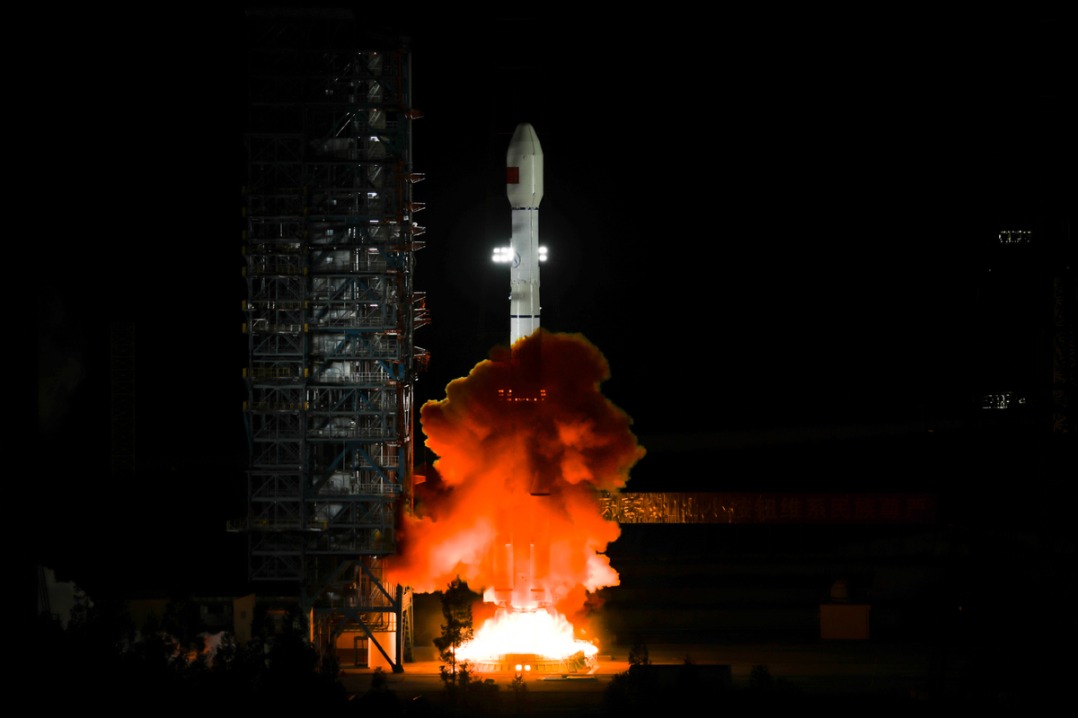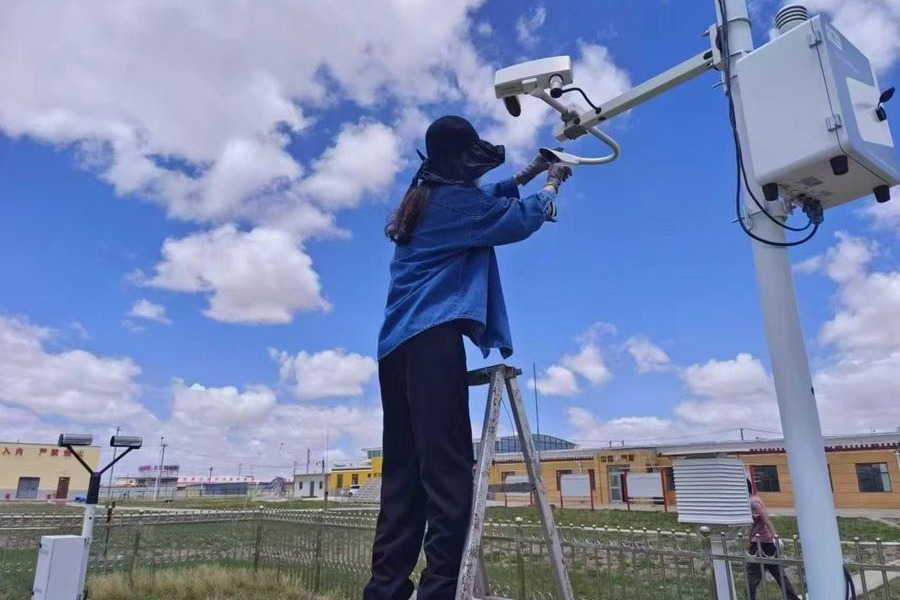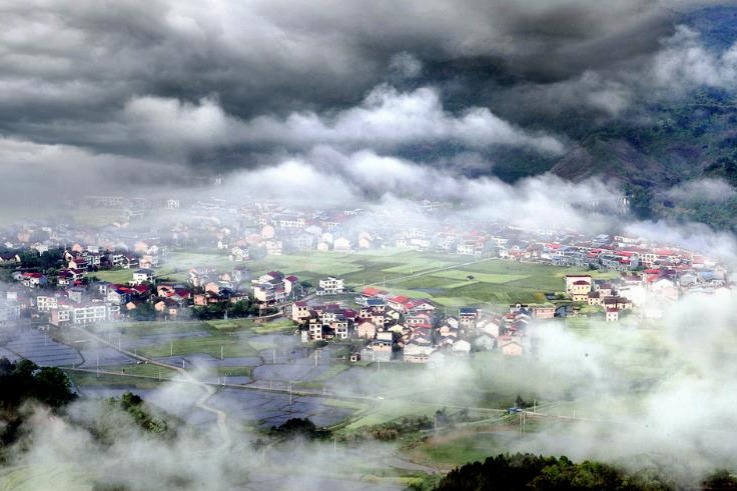Blacklist system called for dangerous goods carriers


Recent deadly tanker blast spurs need for mechanism to monitor vehicles
Freight industry insiders and experts called for authorities to set up a blacklisting mechanism for operators of vehicles that transport dangerous materials, as well as a real-time monitoring system, following a recent massive tanker truck explosion in Zhejiang province.
The incident occurred near Wenling, a small coastal city in Zhejiang, at about 4:40 pm on June 13 when the truck, which was carrying liquefied petroleum gas, exploded and veered off the Shenyang-Haikou Expressway onto a factory workshop, causing a second explosion and engulfing nearby vehicles and residential houses.
Twenty people died and over 200 people were injured. The cause of the blast is still under investigation.
Online video footage showed that the explosion sent the chassis of the truck careening into nearby buildings, charred facades of nearby buildings with windows blown out by the shock wave. Flaming wreckage sent up thick black plumes into the sky.
The accident also left a 10-meter crack on the highway. News outlet Yicai said the tremendous force of the blast was even more powerful than a cruise missile.
China, whose vast national highway network consists of 149,600 kilometers of road as of last year, has seen robust traffic of vehicles carrying hazardous materials as the country is one of the largest consumers of petroleum and related products in the world, with strong demand for such transportation service.
The latest statistics from the China Controlled Chemicals Association shows that road transportation of hazardous chemicals hit 1.6 billion metric tons last year, accounting for more than 30 percent of annual freight volume.
However, industry insiders said that any improper handling of such chemicals could result in death, huge material losses and environmental contamination.
Hundreds of incidents related to dangerous-goods transportation have taken place in China.
About a week before the blast, a tanker truck loaded with 21 tons of liquefied petroleum gas collided with another container truck transporting steel coils and caught fire in Zhejiang as well. No people were killed or injured in the case.
A similar incident happened in Guizhou province in May.
Yue Ye, general manager of Shanghai Jinling International Logistics, said although the country has rolled out several regulations on dangerous goods transportation and has specified quite a few technical safety standards since 2018, there are still loopholes in its management that pose a potential threat to public health and well-being and environmental safety, especially related to unqualified staff.
"It's not easy for hazardous materials transportation companies to hire their staff since the job itself appears to be very dangerous and intimidating. Many companies would, therefore, chose to lower the threshold to recruit people who lack basic knowledge and systematic training," he said.
Zhang Xinbo, a driver who works for a dangerous goods transportation company in Shandong province, said that although the job offers better income than a normal truck driver would earn, many of his peers believe that it's not worth the risk to drive around with tons of hazardous chemicals every day.
"With a large sum of orders on one hand but not enough drivers on the other, we don't have the time or energy to fully engage in daily safety training," he said."Anyway, we are very experienced and came into the business for the good money."
Yue suggested that the government should establish a blacklisting mechanism to ban such transport companies from operating if they commit any malpractice or violations in an attempt to force the companies and the drivers to scale up their training and raise their safety awareness.
"It's crucial to ensure any shipper or carrier of hazardous materials understand the nature of the goods they are handling, the inherent risks those goods possess and the regulations on their transportation," he added.
To date, there are more than 11,500 road transportation companies for hazardous chemicals across the country employing more than 1.2 million workers and operating more than 300,000 vehicles, according to the association.
Liu Tiemin, former president of the China Academy of Safety Science and Technology, also noted that a monitoring system to supervise and control vehicles transporting dangerous materials in real time should be put in place.
So far, over 2,800 hazardous chemicals have been registered in China. Because such chemicals can be explosive, flammable, toxic, radioactive or corrosive, their transportation, which is greatly affected by the weather and road conditions, needs enhanced monitoring, he said.
The country should adopt a cooperative system for through-route monitoring, rerouting enforcement and driver support, based upon dynamic and real time data, in order to minimize threats related to movements of such vehicles, he added.
- Nation's job market grows in 1st quarter
- SCO health officials push for deeper coordination toward better future
- China's State Council appoints, removes officials
- International students explore AI-powered Chinese medicine production
- Platform economy giving rise to new health concerns
- Live wedding painting captures love and memories





































